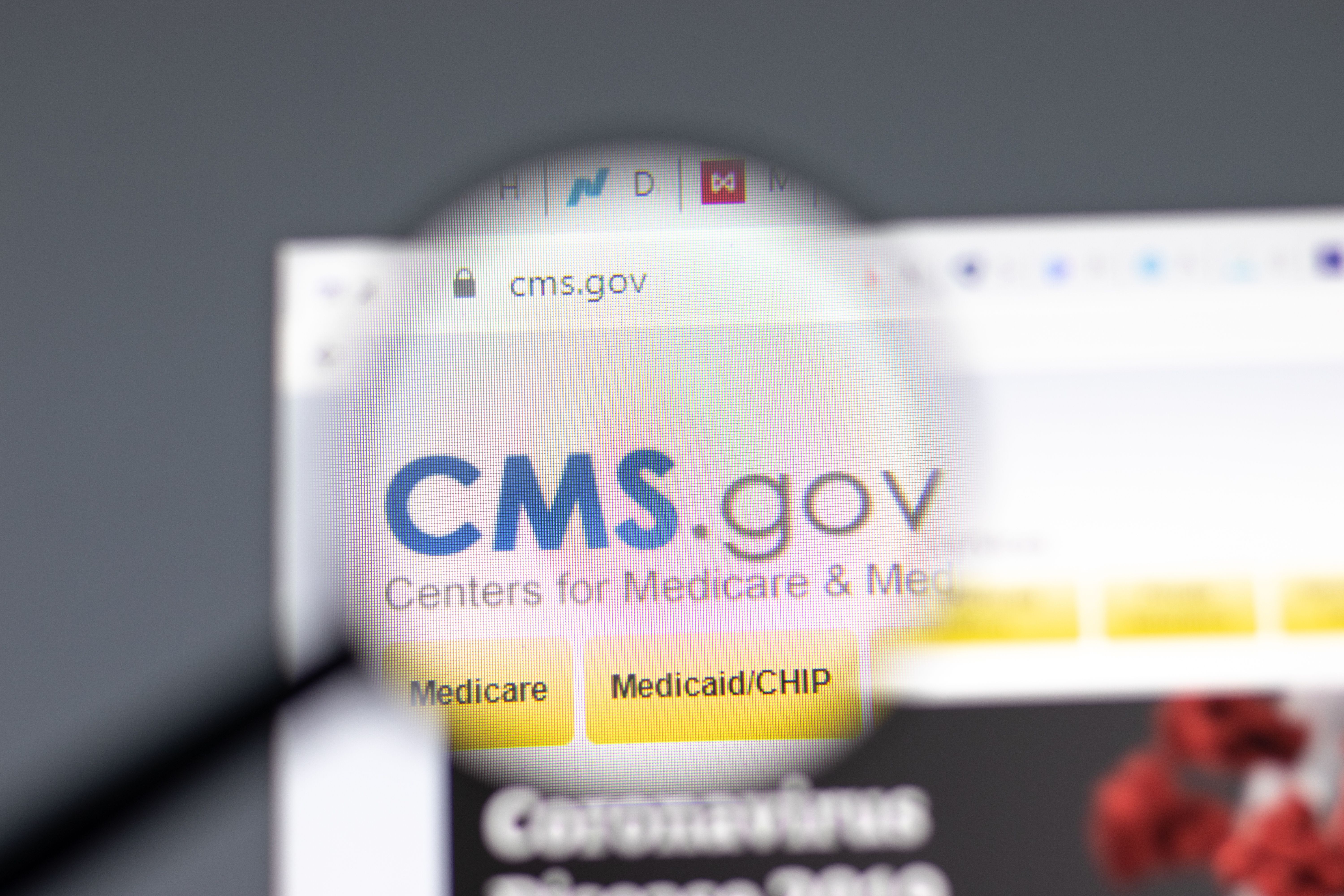Article
Trials and Tribulations Besiege the Virtual Healthcare Revolution
Author(s):
Widespread adoption of telemedicine has not been documented, and a session at the 2016 National Health Policy Conference hosted by AcademyHealth addressed some of the current challenges.
While telemedicine has been vowed to have the potential for better care, help lower costs, and offer convenient access to healthcare, it’s an evolving field. Widespread adoption of this method of care delivery has not been documented, and a session at the 2016 National Health Policy Conference hosted by AcademyHealth in Washington, DC, helped the audience understand some of the associated challenges.
Margo Edmunds, PhD, vice president, Evidence Generation and Translation, Academy Health, moderated the discussion. She was joined by Tobias Barker, MD, vice president of Medical Operations, CVS MinuteClinic; R. Adams Dudley, MD, MBA, professor of medicine and health policy, and director, Center for Healthcare Value, University of California San Francisco; and Hank Fanberg, director, Technology Advocacy and Innovation, CHRISTUS Health, which is a safety net system.
Providing an overview of CVS’ 1100 clinics, Barker said the clinics are accessible all 7 days of the week and that the night and weekends are the most convenient for 50% of their patient population. “The clinics have a limited scope and guidelines,” Barker clarified. “We are not a primary care system and half our patients do not have a primary care provider (PCP).” MinuteClinic staff follow-up a patient visit with a phone call after providing them with information on neighboring PCPs and health systems.
In addition to contracting with 50 insurers, the clinics have integrated with more than 50 health systems. “We have a primary care collaboration, which allow us to partner with primary health clinics for population health,” Barker added.
There are 2 kinds of services offered within the clinic—one has a provider in-house and the other option is of a virtual waiting room, which is especially helpful in a busy clinic. The virtual room can provide access to a physician somewhere around the country in another clinic who may not, at that particular time, be seeing a patient.
Patient surveys conducted by CVS Health have found that while 95% patients equate the virtual clinic to a traditional visit, 34% rated the virtual visit better than the traditional visit!
Barker said that based on their experience with the MinuteClinics, CVS is thinking of other ways to assist telemedicine care operations, such as remote physician consults and direct-to-consumer telemedicine. “MinuteClinic provides consulting TeleHealth physicians the opportunity to expand their scope and also to consult with and seek advice from other physicians.”
Describing CHRISTUS Health as a community-based clinic, Fanberg said that they have a network of health systems in the United States and in 4 Latin American countries.
“What are the primary concerns that hospitals or large healthcare systems have with [heath information technology] adoption?” he asked. Identifying financial and regulatory challenges as the major concerns, he added that the fear of uncertainty also looms large.
Fanberg recommended that the adoption of telehealth by healthcare networks should be preceded by answering a few questions:
- What would be the associated cost?
- Do we have the infrastructure in place for technology?
- Does patient satisfaction play a role in the decision?
- Should provider satisfaction be a consideration?
- What are the best opportunities for adoption?
He said that telehealth can have a significant impact on several aspects of healthcare:
- It can reduce inpatient readmission rates
- It can be very useful in scenarios of lack of specialty coverage, especially in rural areas
- A definite plus in the climate of accountable care organizations
He then shared a case study of a kit that was created by CHRISTUS Health to test the impact of telehealth and remote monitoring of patients using remote patient monitoring systems or RPMS. The kit included blue-tooth enabled devices such as a weighing scale, blood pressure monitor etc. Workflow decisions on clinical management were made based on remote monitoring of the patients who participated. When labor and financial estimates were made following the study, the outcomes were quite good—only 2 of 60 patients were readmitted to the hospital.
“Patients, who had an average age of 75 years, were extremely satisfied,” said Fanberg, adding that they felt more connected to their care providers than ever before.
Dudley provided a policy perspective on the issue, addressing some of the challenges that telemedicine programs face, the most important being variations in the quality of telemedicine and its implications for healthcare policy and medical education.
“Companies that don’t have a brick-and-mortar building but provide care, are commercial e-clinics,” said Dudley, “but traditional visit practices cannot be incorporated in such clinics.”
Acknowledging that telemedicine is still in its developing stage, Dudley highlighted the following implications of telehealth on medical education:
- Educators should recognize when new strategies are emerging
- Potential for professionalism challenges by stand-alone commercial e-visit sites





